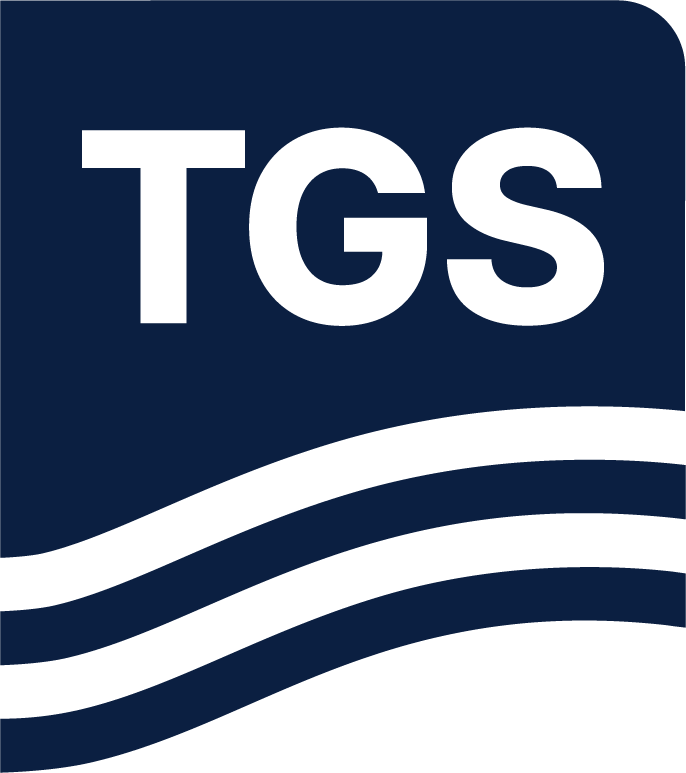Paper Summary
The hydrocarbon reservoirs on the Atlantic Margin of Brazil present several key geophysical challenges – in particular in imaging below the complex salt bodies. In this paper we will discuss the application of new imaging techniques on ocean-bottom node (OBN) data from the Santos Basin, offshore Brazil. There are several imaging challenges associated with the large salt structure extending across the study area. Salt complexities create imaging challenges in the pre-salt interval, notably variations in illumination and loss of resolution (blurring).High-end imaging methods such as full waveform inversion (FWI) and least-squares reverse time migration (LS-RTM) are used to solve imaging challenges in such complex geological settings. They aim to provide reliable structural images and stable pre-stack phase and amplitude information for use in quantitative interpretation, reservoir characterization and 4D monitoring studies. Recently, multiparameter workflows have begun to emerge as an alternative solution. These approaches combine FWI and LS-RTM into a single framework where kinematic effects are explained by the background velocity model (FWI) and dynamic effects by reflectivity model (LSRTM). In this paper, we show results from the application of both acoustic and elastic multiparameter inversion to the OBN dataset described above.

